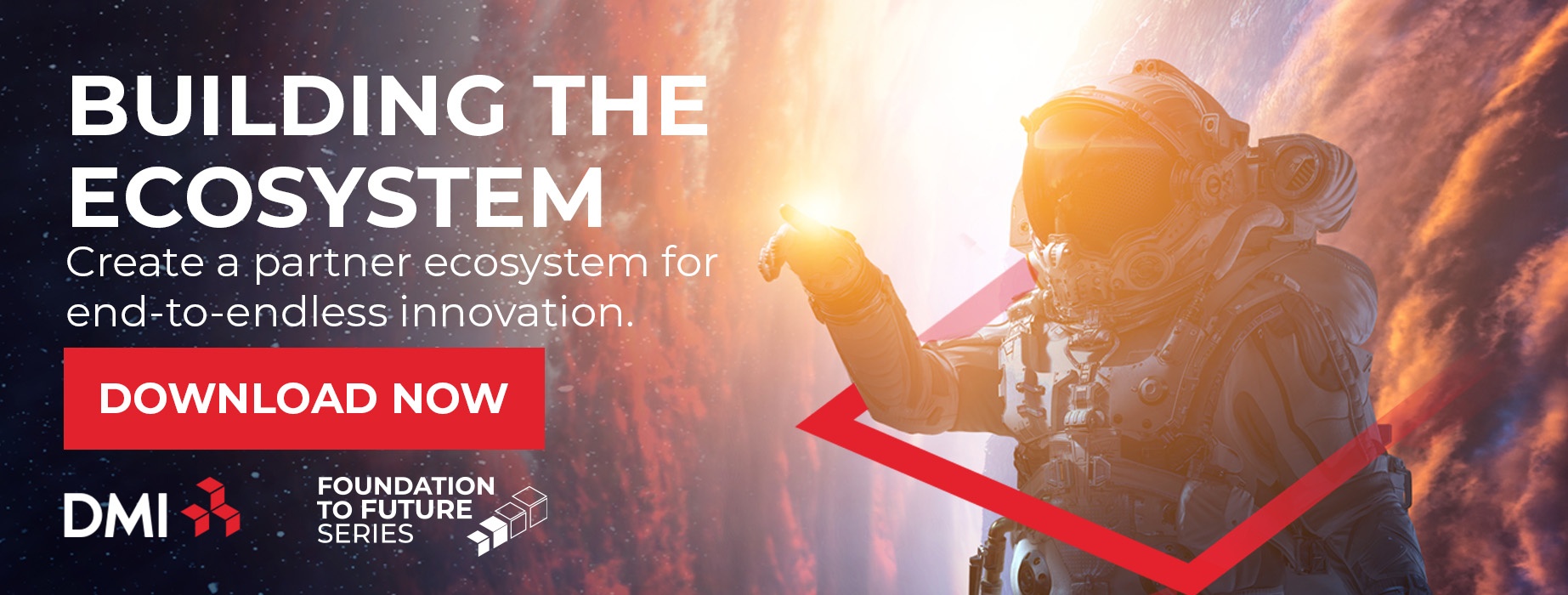
How Digital Health Apps Are Empowering Patients
The evolution of healthcare and its delivery has increased in pace substantially, well before the COVID-19 pandemic. One of the most significant shifts has been in the methods of care approached by providers, payers, and patients. The vision of healthcare and medicine that is predictive, preventive, personalized, and participatory (‘P4’) has long been advocated by Leroy Hood and other pioneers of systems medicine.
This shift appeared more visionary and less concrete ten to fifteen years ago. Today, the healthcare industry has made great strides toward P4 medicine. Why? As noted by the National Center for Biotechnology Information, three megatrends have driven the change.
Those three megatrends are:
- Consumer access to health information: This includes information available on the internet and mobile apps that help inform and monitor health at an individual level, empowering patients to take ownership of their health.
- The digital revolution: As seen across industries, the digital revolution has enabled the collection, processing, and analysis of more data than ever before.
- Advanced systems medicine and medical research: With more powerful tools available, biological analysis and philosophy are more focused on health systems than elements, leading to a corresponding shift to proactively addressing causes and less focus on symptoms exclusively.
Combined, these megatrends create an unparalleled opportunity for personalized care. However, to enable healthcare that is Predictive, Preventative, Personalized, and Participatory, the patient must be kept at the center of the experience.
A Historical Perspective
Significant innovations in primary and secondary care have occurred over the last 10 to 15 years. Electronic medical records (EMR) improve quality of care, patient outcomes, and safety through improved management, reduction in medication errors, reduction in unnecessary investigations, and improved communication and interactions among care providers, patients, and other providers involved in care.
EMRs were highly innovative for what they were. EMRs capture point-of-care data that inform and improve practice through quality improvement projects, practice-level interventions, and informative research. However, the focus on the provider had left the patient waiting in the wings.
P4 Medicine and Patient-focused Care are Creating a Wave of Innovation
Patient-focused care has transformed as patients have more and more access to their medical data, healthcare information, and applications to support them. In the end, this is a win-win for patients and providers.
Through healthcare apps, patients are empowered to take control of their health, giving them a greater understanding than ever. These apps have enabled citizens to engage with clinicians through virtual visits, track their general health metrics and monitor and manage their health condition or symptoms remotely. By sharing collected information with clinicians, there is an increased opportunity to engage and monitor patients. It’s bi-directional — if a patient has a question or concern, they can use an app to reach out to the provider. On the other hand, if the provider notes a patient isn’t adhering to their healthcare regimen, they can use an app to trigger alerts and check-in.
Encouraging the patient to manage their health data goes beyond medication and appointment reminders. Apps can also get consumers to support their condition in other ways, such as with community groups and additional support and voluntary services that can help them. For example, an app may help them find and connect with support groups that, in turn, help them feel that they are part of a community and that community will be part of how their condition is cured or resolved.
The capacity to collect a vast array of personal data means health apps have the potential to create an increasingly powerful and personalized source of useful health data. This could be invaluable in facilitating earlier detection and diagnosis of disease and supporting technology-assisted clinical decision-making.
P4 Support Requires Prioritizing the Patient
There needs to be a shift from prioritizing payers and providers to prioritizing patient experience for this to happen. This will be critical for developing health-related applications that support Predictive, Preventative, Personalized, and Participatory Medicine.
Shifting to building apps for the patient means fully understanding the patient persona. DMI guides clients to participate in community patient groups, research events, and other user experience activities to learn how patients live and cope with their conditions and what works for them and what doesn’t. It’s crucial to engage with the population upfront before developing the application—the outputs from the user experience research usher the app towards personalization and relevance for the individual.
Conclusion
Above all, health-related app development shouldn’t be an exercise in boiling the ocean. Take an agile approach to app development that allows you to iterate, get stakeholder involvement, and engage users early. Start with a minimally viable product (MVP). Once tested in the real world, you can gather feedback and improve the app for those who need it most.
If you’re looking for a partner with experience building patient-focused applications that work for providers and patient cohorts, we’re here to help. DMI puts people at the center of the technology we architect and build. We have the skills and the expertise to create intuitive and innovative applications within the highly regulated healthcare industry. Contact us today to learn more.
![[FREE GUIDE] RECOGNIZE THE BENEFITS OF DIGITAL TRANSFORMATION THROUGH AN ECOSYSTEM APPROACH](https://no-cache.hubspot.com/cta/default/8444324/f8ee566c-b425-459e-978e-2b8f0eb44811.png)
